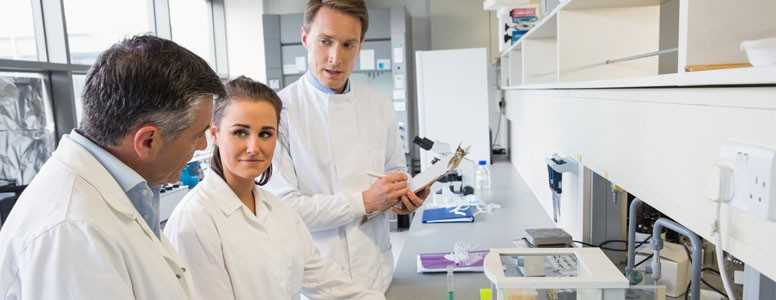A new study has found that just one bout of moderate-to-intense exercise promotes the removal of damaged muscle mitochondria with autophagy, which could help improve insulin resistance in skeletal muscle.
The mitochondria are power generators inside the cells involved in the regulation of glucose metabolism and insulin signaling. Mitochondrial autophagy (mitophagy) is a cellular process that plays a role in the quality control of mitochondria.
Mitophagy, which is part of the body’s innate “recycling program”, is a process well documented for its potential protective effects against the development of insulin resistance and type 2 diabetes.
Autophagy, which is also triggered by fasting, makes the cells more efficient machines by getting rid of faulty parts – here damaged mitochondria – to fight oxidative stress and/or stop metabolic alterations promoting the development of insulin resistance.
In this study, researchers at the University of Virginia School of Medicine engineered mice to have the mitochondria that the body has decided to recycle glowing red by fluorescence.
They then had the mice run on a small treadmill for 90 minutes and looked at what happened after the termination of exercise. Six hours later, they saw signs of ongoing mitophagy ramping up in their skeletal muscle.
The exercise stimulated a pathway called AMPK, a fuel sensor and regulator in muscle, which in turn switched on a protein known as Ulk1 whose role is to activate other components in the cell to execute the removal of dysfunctional mitochondria.
Although researchers do not know in great detail how these activities are coordinated, they believe that Ulk1 is essential for the process of clearing damaged mitochondria in muscle cells.
When they tried to delete the Ulk1 protein coding gene in the skeletal muscle of these mice, they found that the removal of dysfunctional mitochondria was impaired.
Overall, these findings suggest that exercise may act as a “stress test” on muscle mitochondria, making the muscle healthier with possible implications for improving insulin sensitivity in skeletal muscle.
However, researchers still need to determine the level of exercise needed to stimulate autophagy in humans, and the extent to which the process is upregulated, which are hard questions to answer at the moment.
The findings were published in a recent issue of the journal Nature Communications.
What's new on the forum? ⭐️
Get our free newsletters
Stay up to date with the latest news, research and breakthroughs.







